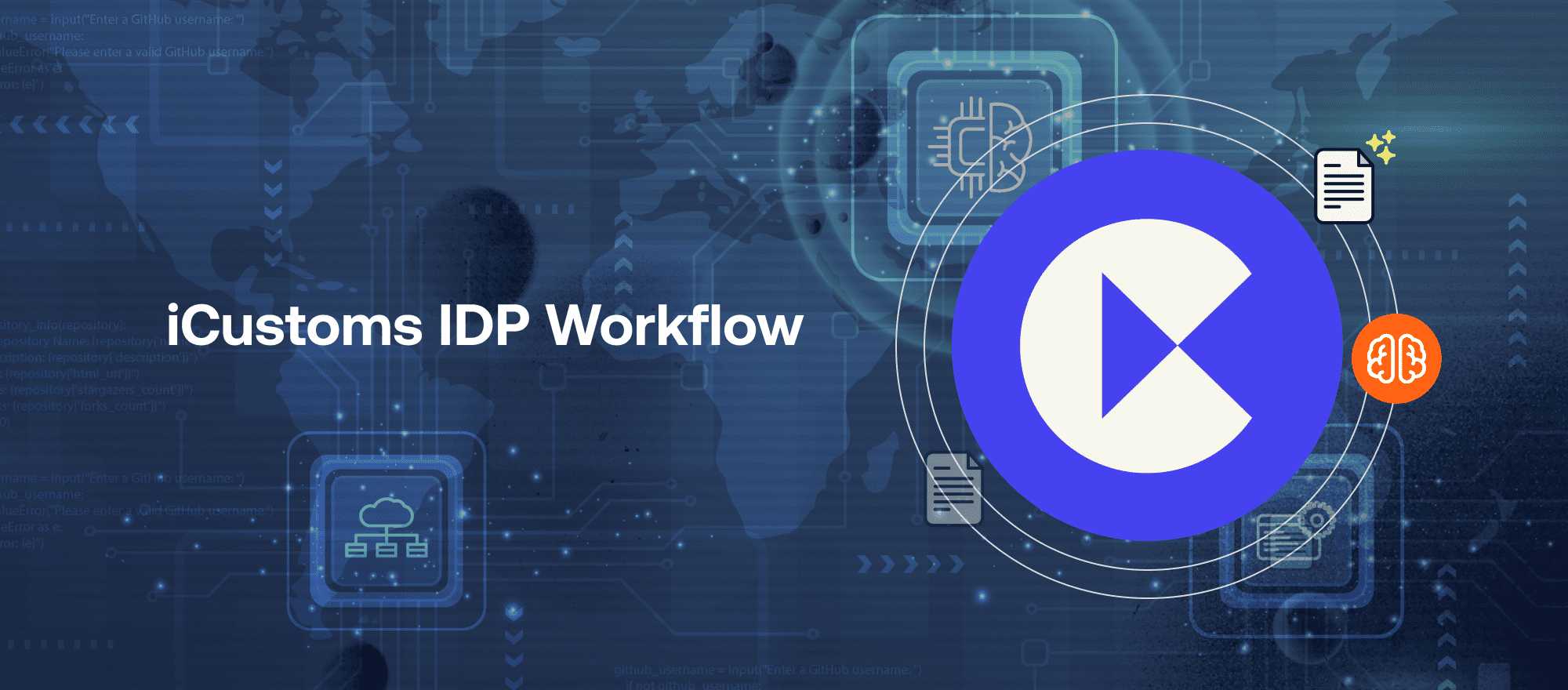AI + OCR: Automating Customs Declarations with IDP
 John Hall
John Hall
Customs processing is broken. Manual paperwork is slow, error-prone, and a compliance risk. Enter AI-powered Intelligent Document Processing (IDP)—an automation solution that extracts data, fills forms, and verifies trade documents with OCR, NLP, and Machine Learning.
How iCustoms IDP Works (Step-by-Step)
1. Upload Trade Documents
The AI-driven system accepts PDFs, images, and scanned documents, including:
Invoices (Extract HS codes, product values, descriptions)
Invoices (Extract HS codes, product values, descriptions)
Bills of Lading (Identify consignee, port, transport details)
Packing Lists (Auto-read weight, quantity, and dimensions)
2. AI-Powered Data Extraction
Using computer vision, OCR, and NLP, IDP recognizes key data points and structures them automatically.
OCR (Optical Character Recognition) – Extracts text from images
NLP (Natural Language Processing) – Understands trade-specific terminologies
AI & ML Mapping – Maps extracted data to the correct form fields
3. Auto-Fill Customs Forms
No manual entry required—IDP seamlessly populates:
NCTS (New Computerised Transit System)
ENS GB & ENS EU (Entry Summary Declarations)
4. AI-Driven Verification & Error Handling
AI cross-checks data, flags inconsistencies, and ensures compliance with trade regulations. A human-in-the-loop (HITL) approach further reduces errors before final submission.
Why This Matters for Developers & Businesses?
This is a real-world AI automation use case where OCR, NLP, and ML converge to eliminate tedious data entry, reduce compliance risks, and streamline logistics.
Subscribe to my newsletter
Read articles from John Hall directly inside your inbox. Subscribe to the newsletter, and don't miss out.
Written by

John Hall
John Hall
Customs industry expert, has 15 years of experience working with customs operations. Having been an integral member of iCustoms since its inception, he possesses extensive knowledge and expertise in both the technical and regulatory domains.